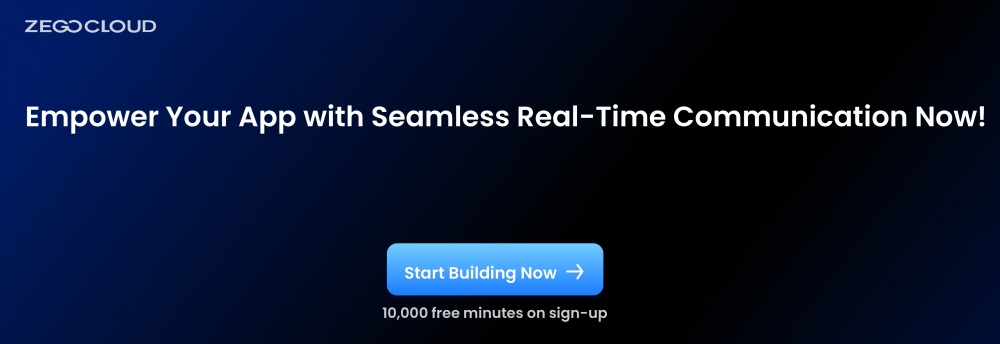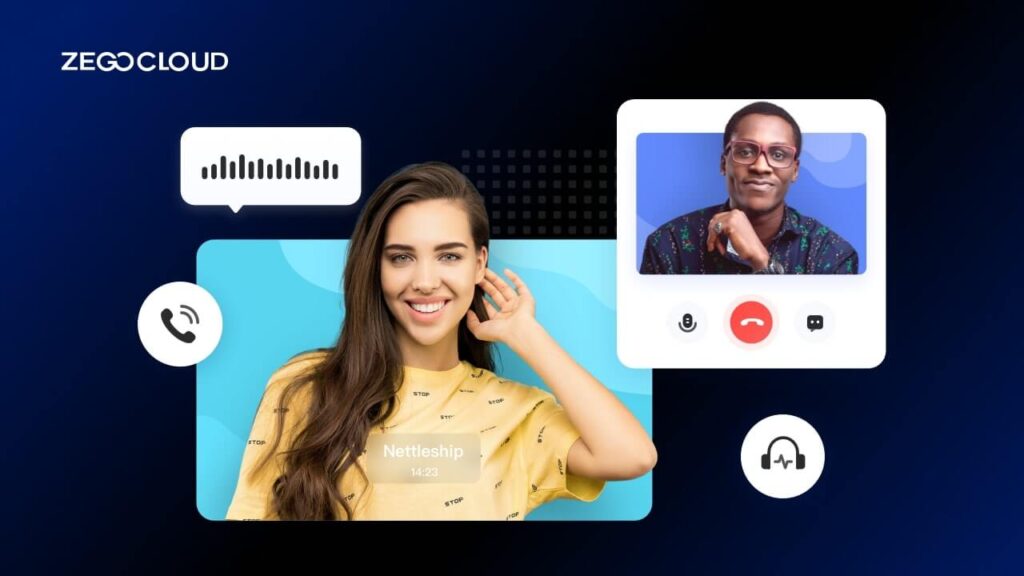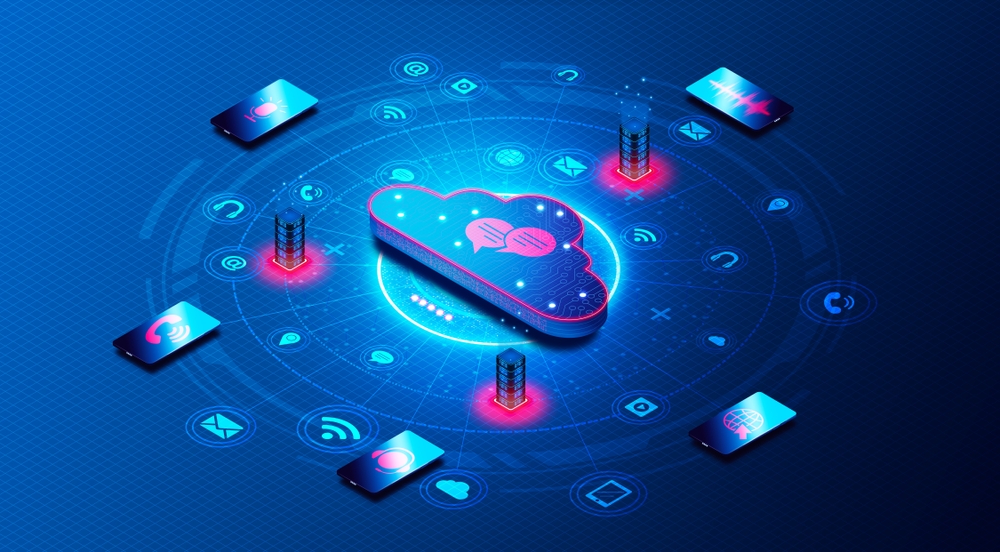Real-time communication (RTC) refers to the instant exchange of information between parties over a network without significant delay. This type of communication is crucial in applications where timely interactions are essential, such as voice and video calls, live streaming, and online gaming. RTC enables users to communicate as if they were in the same room, making it an integral component of modern communication platforms.
What is real-time communications (RTC)?
Real-Time Communications (RTC) refers to the technologies and protocols that enable instant, bidirectional exchange of data, typically audio, video, or text, between two or more users over a network. Unlike traditional communication methods that may involve delays or buffering, RTC allows for seamless, live interactions where data is transmitted and received with minimal latency. This makes RTC essential for applications like video conferencing, voice calls, live streaming, and real-time messaging, where immediate feedback and interaction are critical.
Why is Real-Time Communication important?
Real-time communications (RTC) are essential because they enable immediate, two-way interaction, which is crucial in today’s fast-paced digital world. Whether it’s in business, education, healthcare, or personal communication, the ability to connect instantly without delay significantly enhances user experience, improves collaboration, and drives productivity. By providing real-time customer engagement, businesses can offer more responsive and personalized service, leading to greater customer satisfaction and loyalty.
Additionally, RTC allows organizations to stay competitive by integrating scalable and flexible communication solutions into their operations, making it a vital component in maintaining efficient and effective communication channels.
Evolution of Real-Time Communication
Until not long ago, we could experience the immediacy of SMS texting and voice calls via cell phone. Initially, these services were costly and required a SIM card, a good signal, and a decent device.
Enormous changes have been made since those days, and the increased popularity of RTC is due to the rise of technology and the internet. With the advent of new forms of digital communication, real-time interactions have become more accessible than ever.
Take VoIP, Voice over Internet Protocol, also known as IP telephony. Voice chat has been completely changed and is highly accessible. Calling someone now is cheap; people can choose from many apps and services. The same applies to instant messaging and video calls.
Social media have further pushed the edges of real-time communication. All of our interactions are immediate, from likes to comments. Furthermore, social media applications allow instant messaging and video calls.
Real-time Communication for Business
RTC also provides timely information, service, or sales engagement. Business needs an immediate response to satisfy clients’ needs. Customer services are a great example of how big of an impact real-time communication has, especially for information transmission.
Excellent and fast Internet connections have made the creation and use of a new generation of business apps possible. Customers can chat, call, and interact directly through voice messages delivered over a Voice API within the apps. ZEGOCLOUD offers a reliable and high-quality SDK solution for these scenarios.

Another significant achievement is the measures that push context-important data to agents, such as customer texts or calls, which can streamline the assistance procedure. This avoids one of the biggest communication hurdles, which is repeatedly repeating to different agents.
Real-Time Communications Examples
Here are some examples of real-time communication (RTC) applications:
Voice and video calls: Platforms like Skype, Zoom, and FaceTime enable users to engage in voice and video calls over the internet, allowing real-time audio and visual interaction. These tools have become a powerful alternative to traditional phone calls, providing enhanced connectivity for personal and professional use.
Video conferencing: Tools such as Zoom, Skype, and Google Meet allow multiple participants to join video conferences, enabling them to collaborate effectively. These applications support screen sharing, document collaboration, and real-time interaction, making them essential for virtual meetings and teamwork.
Instant messaging: Applications like Slack, Microsoft Teams, and WhatsApp facilitate real-time text communication. These platforms not only support the rapid exchange of messages but also allow users to share media like photos and videos instantly, making them crucial for both casual and business communication.
Live streaming: Services like YouTube Live and Facebook Live empower users to broadcast video content in real time. Viewers can engage with the streamer and each other through comments and other forms of feedback, creating an interactive experience that happens in the moment.
Overall, RTC applications enable real-time interaction and communication, transcending geographical barriers. These tools are integral to modern communication, serving a variety of social and business needs across the globe.
The Future of RTC
The future of Real-Time Communication (RTC) is evolving into Real-Time Interaction (RTI). As technology advances, RTC is no longer just about transmitting information instantly. It’s about creating immersive, interactive experiences that engage users in real-time. With the rise of 5G, AI, and IoT, RTC is transforming into a more dynamic and responsive form of interaction.
This shift to Real-Time Interaction means that users will experience communication that is not only immediate but also deeply engaging. Whether it’s ultra-high-definition video calls, real-time gaming, or interactive live streams, RTI will drive the next generation of digital experiences. As RTC evolves into RTI, it will become a cornerstone of how we connect, collaborate, and engage in a fully digital world.
Boost Your App’s Real-Time Communication Capabilities with ZEGOCLOUD
ZEGOCLOUD is a leading provider of real-time communication (RTC) solutions. It offers a comprehensive suite of SDKs and APIs that enable developers to integrate high-quality audio, video, and messaging features into their applications. ZEGOCLOUD’s products are designed to support various platforms, including iOS, Android, Web, React Native, and Flutter. They are known for their low latency performance, scalability, and reliability.

Whether you’re building a social media platform, an online education tool, a gaming app, or a telemedicine service, ZEGOCLOUD provides the necessary tools. These tools help create immersive and interactive experiences. With features like HD video streaming, real-time messaging, and interactive broadcasting, ZEGOCLOUD enhances user engagement and improves overall app performance.
ZEGOCLOUD’s infrastructure is globally distributed. This ensures consistent and high-quality communication across different regions. As a result, it is a trusted choice for developers looking to incorporate real-time communication into their products.
Conclusion
Real-time communication (RTC) is a transformative technology. It facilitates instant, seamless interactions between users, making it essential in today’s digital landscape. RTC enhances customer engagement and enables efficient remote collaboration. It powers the dynamic, real-time experiences that users now expect. By integrating RTC solutions like those from ZEGOCLOUD, businesses can elevate their applications. These solutions deliver robust communication features that drive user satisfaction. They also foster deeper connections in an increasingly connected world.
Read more:
FAQ
Q1: How does Real-Time Communication work?
RTC works by transmitting data packets over the internet using protocols like WebRTC. These protocols ensure that data is sent and received with minimal latency, enabling smooth, real-time interactions. RTC typically involves audio, video, or text being transmitted between users in near-instantaneous time.
Q2: What are some common applications of Real-Time Communication?
Common applications of RTC include video conferencing platforms like Zoom, instant messaging apps like WhatsApp, live streaming services like YouTube Live, and collaborative tools like Slack that allow real-time interaction among users.
Q3: What are the challenges of implementing Real-Time Communication?
Challenges in implementing RTC include ensuring low latency, managing network congestion, maintaining high-quality audio and video streams, and securing data transmissions. Developers also need to consider the scalability of RTC solutions as user demand grows.
Let’s Build APP Together
Start building with real-time video, voice & chat SDK for apps today!










